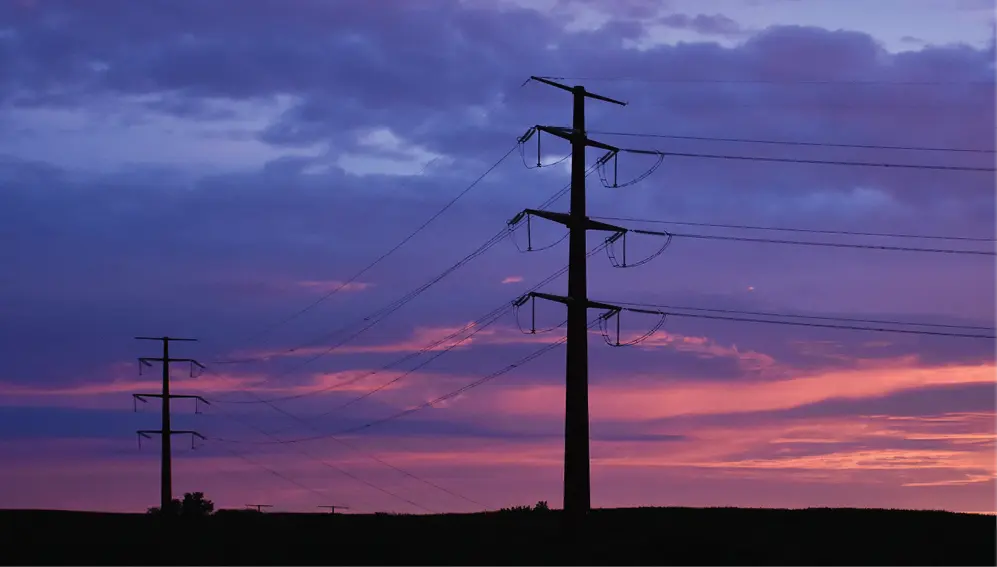We understand electric grid projects have impacts on property owners and communities. When planning for and constructing power lines and related electric grid infrastructure, ATC works to minimize those impacts as much as possible, while also ensuring communities have safe and reliable electrical power.
We aim to be transparent about the process and work with landowners and communities to the extent possible.
We proactively provide information and updates about proposed projects in several ways, often depending upon their size, scope and timing:
- We notify landowners directly with letters, mailers or postcards
- We may host a project webpage with a map and a dedicated person to contact for more information
- We may host a video about the project on the project webpage with details about the project route
- We may host a live, on-line open house to share information about a proposed project and answer questions
- Occasionally, we may host an in-person open house to share information about a major proposed project and answer questions
We know you may have questions or comments about a project. ATC responds to all landowner inquiries (e.g., potential line locations, easements, vegetation management, fences, timing, etc.) and takes your feedback into consideration. If a project requires Public Service Commission of Wisconsin approval, you can also provide comments to the PSCW and participate in the regulatory process after ATC submits an application for the proposed project to the PSCW.



